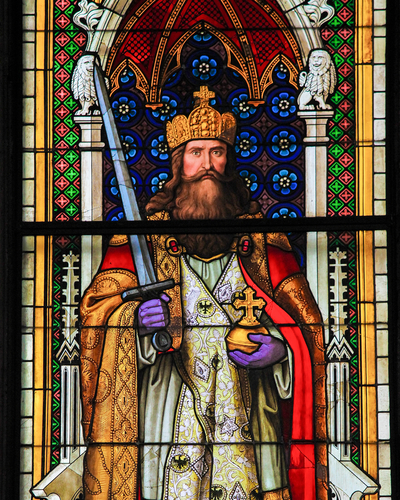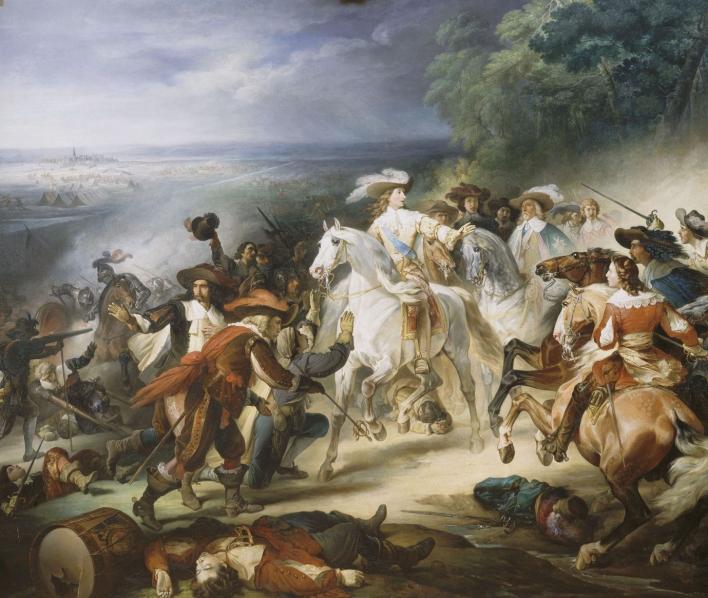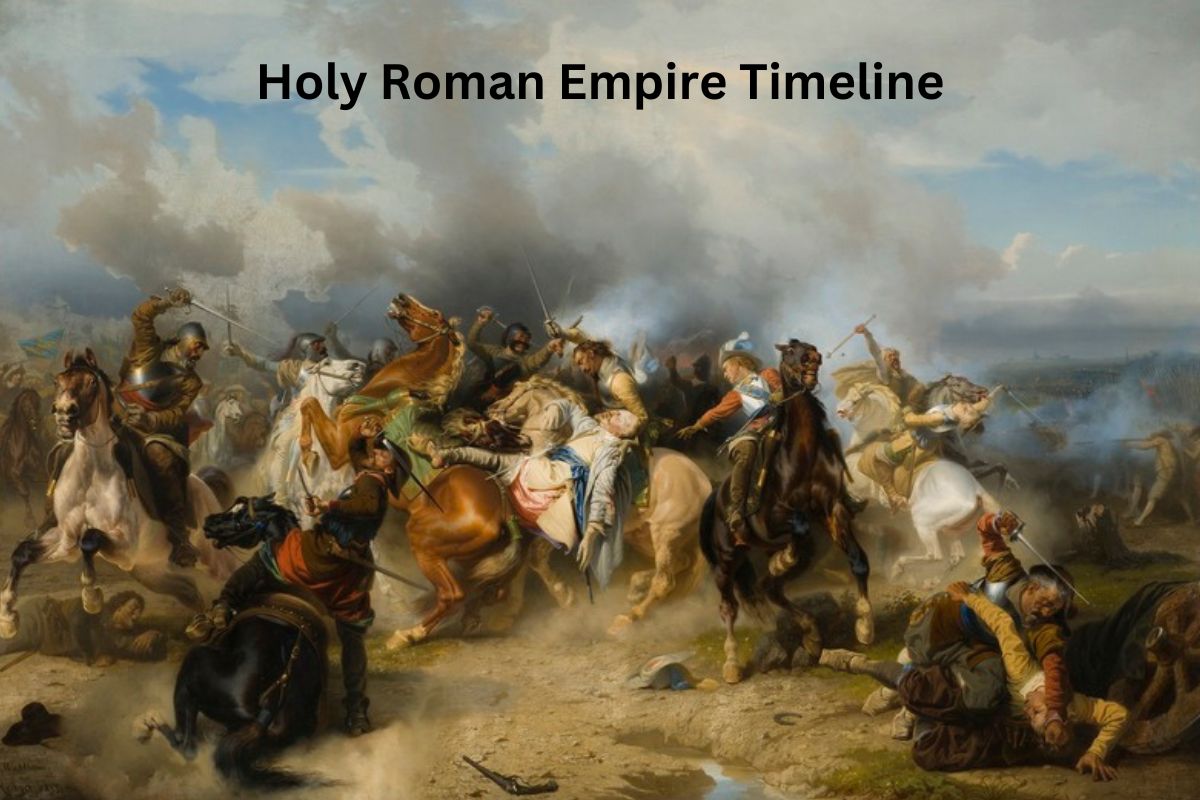The Holy Roman Empire was a complex and multi-faceted political entity that spanned over a millennium of European history.
Emerging from the ashes of the Carolingian Empire in the 10th century, it intertwined Roman traditions with Germanic influences, creating a unique blend of secular and religious authority.
Throughout its existence, the empire experienced periods of power struggles, religious conflicts, and shifting alliances.
This introduction provides a glimpse into the intricate tapestry of the Holy Roman Empire, a realm that evolved, adapted, and ultimately dissolved in the face of changing dynamics within Europe.
| Year | Event Description |
|---|---|
| 800 | Charlemagne crowned Emperor of the Carolingian Empire |
| 843 | Treaty of Verdun divides Carolingian Empire |
| 962 | Otto I crowned Holy Roman Emperor |
| 12th c. | Investiture Controversy between emperors and the papacy |
| 13th c. | Rise of powerful territorial princes |
| 1356 | Golden Bull establishes electoral process for emperor selection |
| 15th c. | Hussite Wars and tensions with regional powers |
| 1517 | Martin Luther’s Ninety-Five Theses |
| 1555 | Peace of Augsburg recognizes religious choice for princes |
| 1618-1648 | Thirty Years’ War |
| 1648 | Peace of Westphalia ends Thirty Years’ War |
| 18th c. | Decline of empire’s power and conflicts |
| 1806 | Holy Roman Empire dissolves after Napoleon’s campaigns |
Timeline of the Holy Roman Empire
800 – Charlemagne becomes Emperor of the Carolingian Empire
In the year 800, Charlemagne, also known as Charles the Great, was crowned as the Emperor of the Carolingian Empire by Pope Leo III.
This event took place in Rome and marked the revival of the title of “Emperor of the Romans,” which had been vacant since the fall of the Western Roman Empire in 476.
Also Read: Charlemagne Accomplishments
Charlemagne’s coronation by the Pope demonstrated a unique blend of political and religious authority, symbolizing the cooperation between the Carolingian dynasty and the Catholic Church.
The coronation established a precedent for the close relationship between future emperors and the papacy.

843 – Treaty of Verdun divides the Carolingian Empire
The Treaty of Verdun, signed in 843, marked a significant division of the Carolingian Empire, which had been ruled by Charlemagne’s descendants.
The treaty was negotiated among Charlemagne’s grandsons—Lothair I, Louis the German, and Charles the Bald. It established the basis for the eventual formation of distinct kingdoms and territories within the empire.
Also Read: Holy Roman Empire Facts
The division had far-reaching consequences for the political and territorial landscape of medieval Europe, setting the stage for the emergence of separate kingdoms and the eventual formation of the Holy Roman Empire.
962 – Otto I is crowned Holy Roman Emperor
In 962, Otto I, also known as Otto the Great, was crowned Holy Roman Emperor by Pope John XII. This marked the formal establishment of the Holy Roman Empire, which was characterized by the fusion of Germanic political power with the legacy of the ancient Roman Empire.
Otto I’s coronation established a connection between the Roman past and the evolving political structure of medieval Europe. The Holy Roman Empire would evolve over the centuries as a complex entity comprising various territories and power centers.
12th Century – Investiture Controversy between emperors and the papacy
The Investiture Controversy, spanning much of the 12th century, was a power struggle between the Holy Roman Emperors and the papacy over the appointment of bishops and the control of ecclesiastical offices.
It revolved around the question of whether secular rulers, such as emperors, had the authority to appoint and invest bishops with their symbols of office. The conflict was rooted in competing claims of authority between the temporal and spiritual powers.
The struggle was marked by instances of excommunication and conflict, and it highlighted the tensions between secular and religious authority within the Holy Roman Empire.
13th Century – Rise of powerful territorial princes
During the 13th century, the Holy Roman Empire witnessed a significant shift in its power structure as powerful territorial princes emerged as influential figures. This period marked a departure from centralized imperial authority, and the empire transitioned into a more decentralized entity.
These territorial princes, which included dukes, counts, and other nobles, began to consolidate their control over their respective regions. They established their own courts, administered justice, collected taxes, and raised armies.
The rise of these territorial princes was influenced by several factors, including the weakening of central imperial authority, the fragmentation of the empire, and the increasing importance of local governance.
The decline of the imperial crown’s ability to assert control over distant territories allowed these regional rulers to assert greater autonomy. As the princes accrued wealth and power, they competed with each other for supremacy and worked to establish their dominance within the empire’s intricate political landscape.
1356 – Golden Bull establishes electoral process for choosing the emperor
The Golden Bull of 1356, issued by Emperor Charles IV, was a significant constitutional document that formalized the process of electing the Holy Roman Emperor.
The document established a consistent procedure for selecting the emperor and defined the roles of the seven prince-electors who held the right to vote in the election.
These electors included the archbishops of Mainz, Trier, and Cologne, as well as the king of Bohemia, the count palatine of the Rhine, the duke of Saxony, and the margrave of Brandenburg.
The Golden Bull aimed to prevent conflicts and disputes over the succession to the imperial throne by providing clear rules for the election process.

15th Century – Hussite Wars and tensions with regional powers
The 15th century witnessed the Hussite Wars, a series of conflicts centered around the religious and political reform movement led by Jan Hus in the Kingdom of Bohemia (part of the Holy Roman Empire).
The Hussites, followers of Hus’s teachings, sought greater reforms within the Catholic Church. The movement led to religious and social upheaval, sparking conflicts between Hussite factions and the Catholic Church, as well as between the Hussites and the Holy Roman Empire.
These conflicts highlighted the religious diversity within the empire and underscored tensions between traditional Catholicism and reformist movements.
1517 – Martin Luther’s Ninety-Five Theses initiate the Protestant Reformation
In 1517, Martin Luther, a German theologian and monk, posted his Ninety-Five Theses on the door of the Castle Church in Wittenberg. These theses criticized various practices of the Catholic Church, especially the sale of indulgences, and called for a debate on matters of faith and doctrine.
Luther’s actions marked the beginning of the Protestant Reformation, a movement that aimed to reform the Catholic Church and led to the establishment of various Protestant denominations.
The Reformation had a profound impact on the Holy Roman Empire, sparking religious conflicts, such as the Peasants’ War and the Schmalkaldic War, and contributing to the broader fragmentation of religious beliefs within the empire.
1555 – Peace of Augsburg allows German princes to choose their religion
The Peace of Augsburg, signed in 1555, aimed to settle the religious conflicts that had arisen due to the spread of Protestantism within the Holy Roman Empire.
The treaty recognized the principle of “cuius regio, eius religio,” which meant that the religion of the ruler determined the religion of his subjects. This allowed German princes to choose between Catholicism and Lutheranism for their territories.
While the peace temporarily alleviated religious tensions, it did not include recognition for other emerging Protestant groups, such as Calvinism. The Peace of Augsburg set the stage for further religious strife and laid the groundwork for the Thirty Years’ War.

1618-1648 – Thirty Years’ War devastates the empire
The Thirty Years’ War was one of the most devastating conflicts in European history, deeply impacting the Holy Roman Empire. It began as a religious war but evolved into a complex struggle involving political, religious, and territorial disputes.
The war saw the involvement of various European powers and witnessed atrocities, massacres, and widespread destruction. The empire was divided along religious lines, with Catholic and Protestant factions fighting for dominance.
The war’s conclusion with the Peace of Westphalia reshaped the political landscape of the empire and confirmed its decentralized structure.
1648 – Peace of Westphalia ends the Thirty Years’ War
The Peace of Westphalia, signed in 1648, marked the end of the Thirty Years’ War and brought significant changes to the Holy Roman Empire.
The treaty recognized the independence and sovereignty of numerous German states, giving them the authority to conduct their own foreign policies and make alliances.
Calvinism was also granted legal recognition alongside Catholicism and Lutheranism. The Peace of Westphalia further contributed to the empire’s fragmentation, with its authority over its member states diminished.
18th Century – Decline of imperial power and conflicts
During the 18th century, the Holy Roman Empire continued to face challenges to its authority and unity. The empire was weakened by conflicts with neighboring powers, as well as internal disputes between the emperor and various territorial princes.
The rise of Enlightenment ideas also influenced discussions about governance and the role of the empire. The lack of a centralized authority and the growing influence of external powers contributed to the empire’s declining significance on the European stage.
1806 – Holy Roman Empire dissolves after Napoleon’s campaigns
The Holy Roman Empire faced its ultimate demise in 1806. Napoleon Bonaparte’s military campaigns and political maneuvering played a significant role in dismantling the empire.
In 1806, Emperor Francis II abdicated the imperial title under pressure from Napoleon, officially dissolving the Holy Roman Empire. This marked the end of a centuries-old political entity that had evolved through various stages of expansion, conflict, and transformation.
